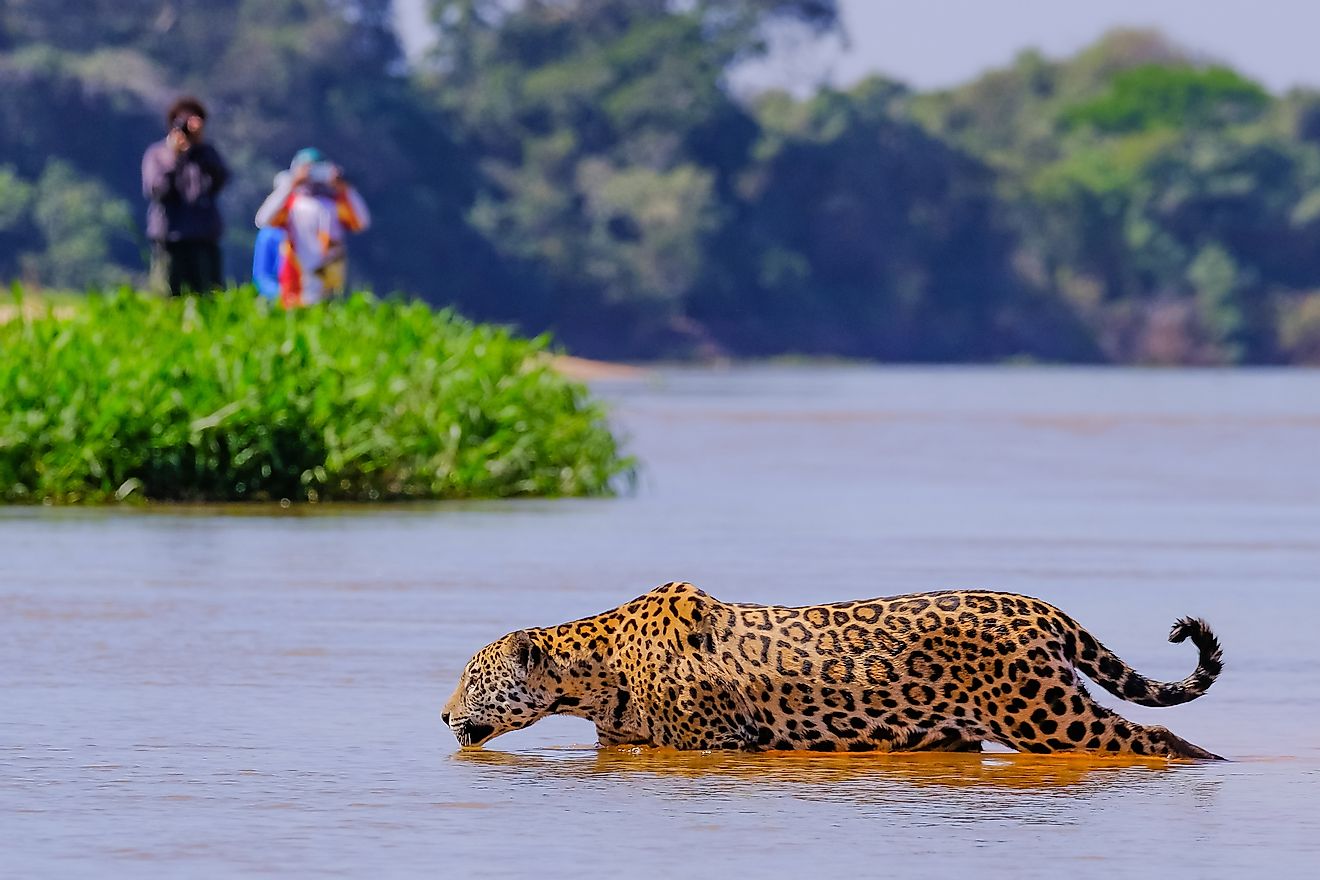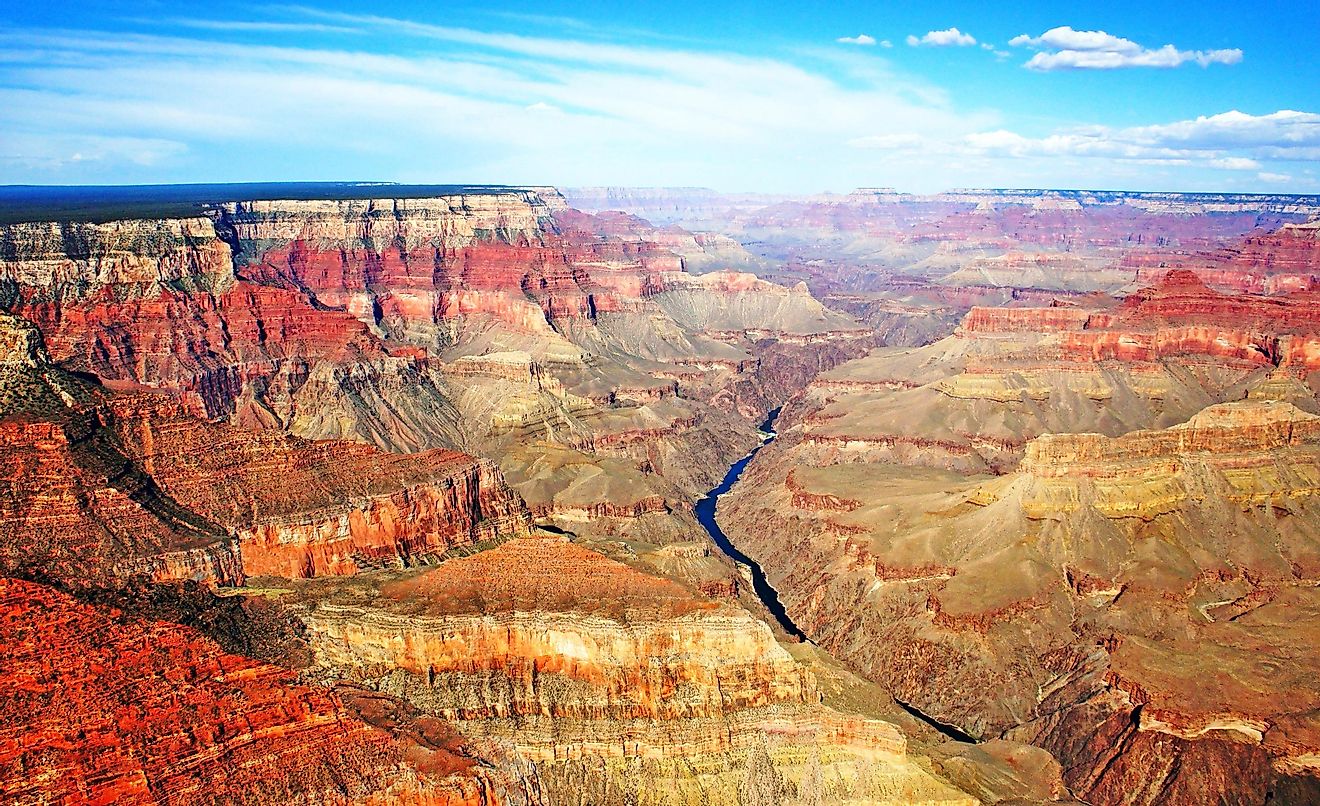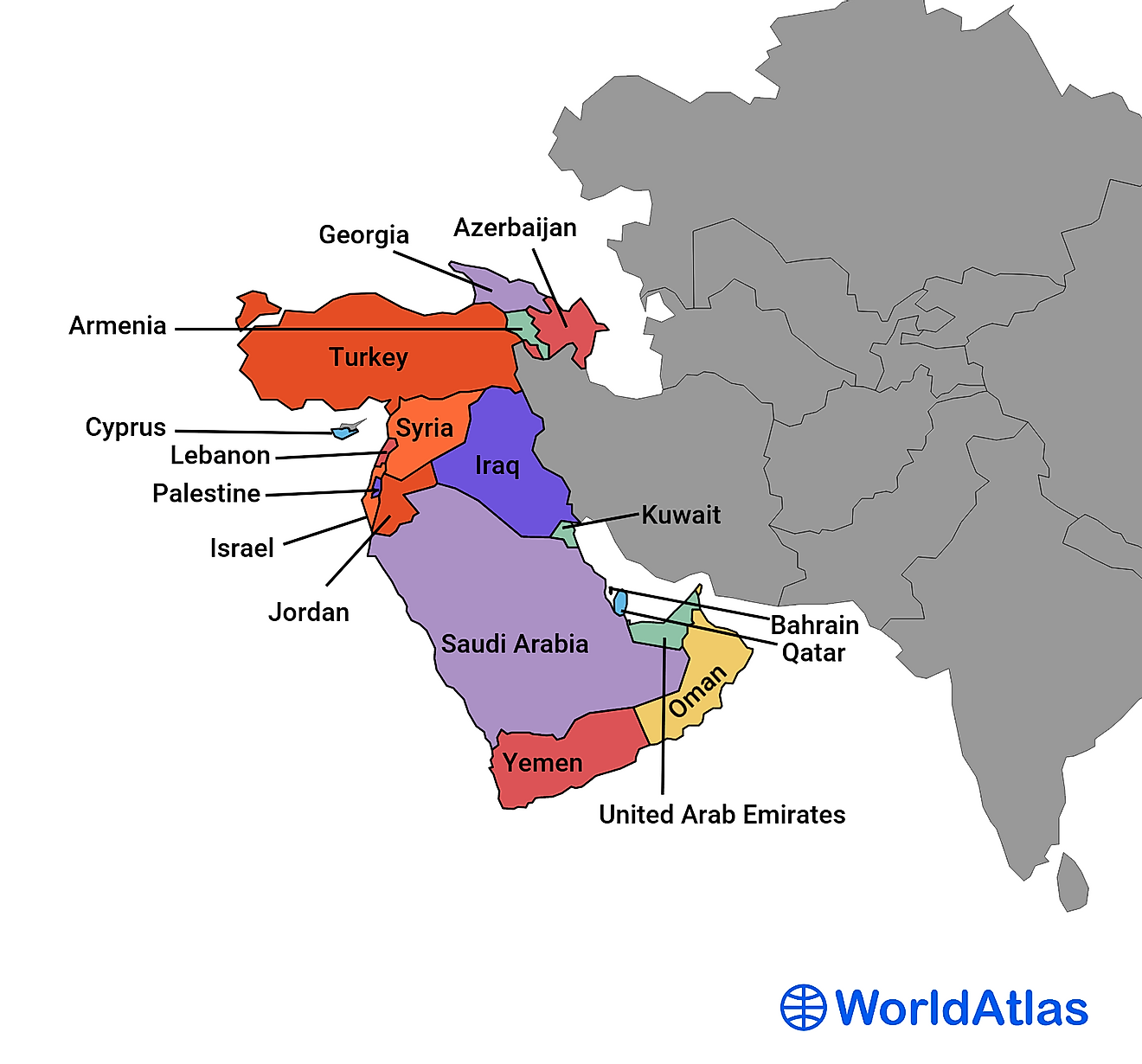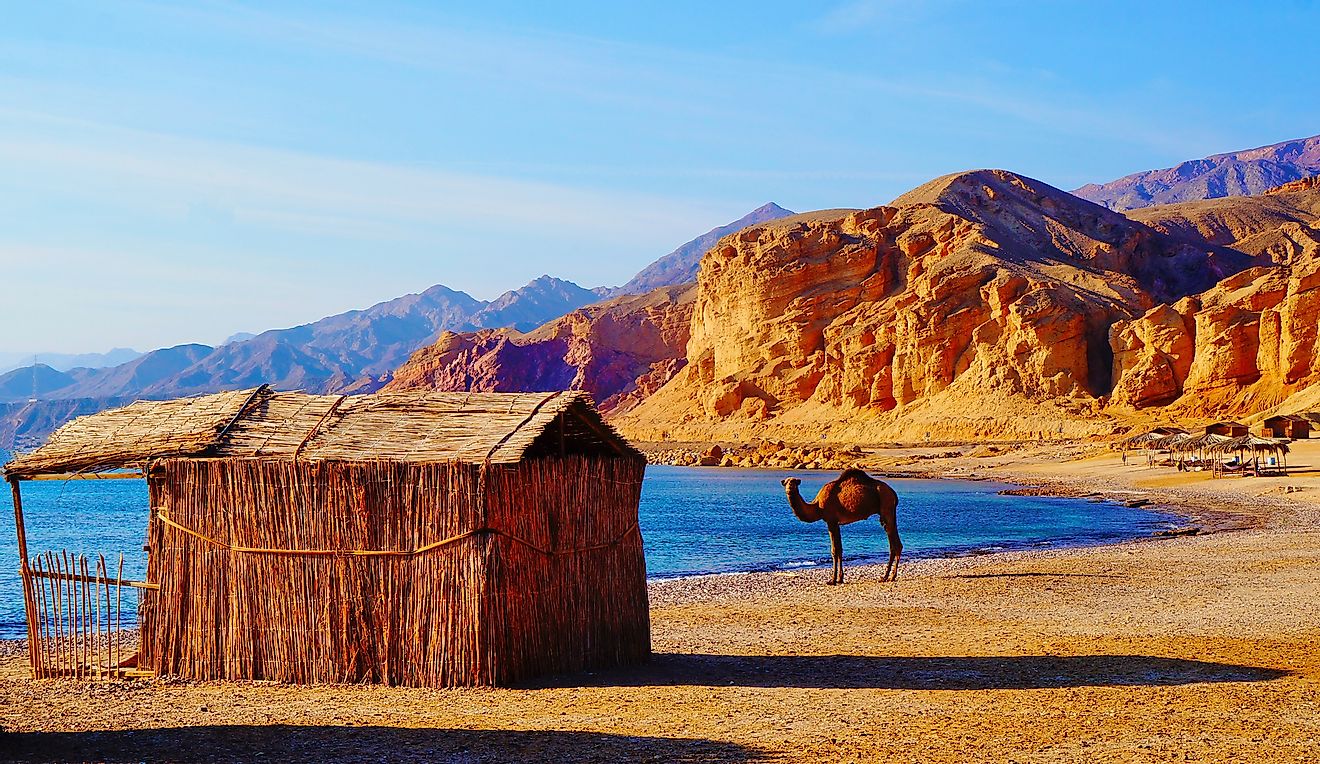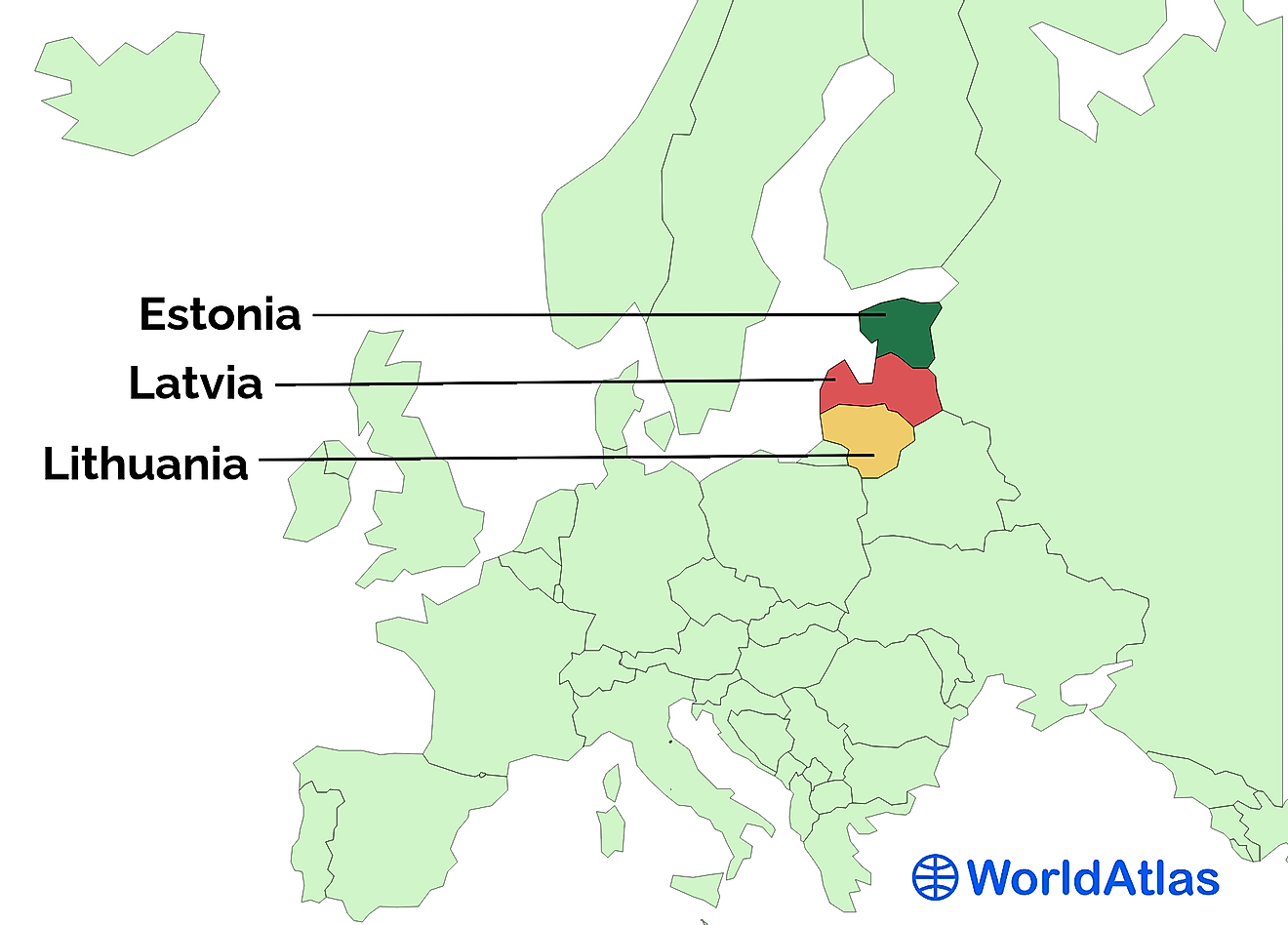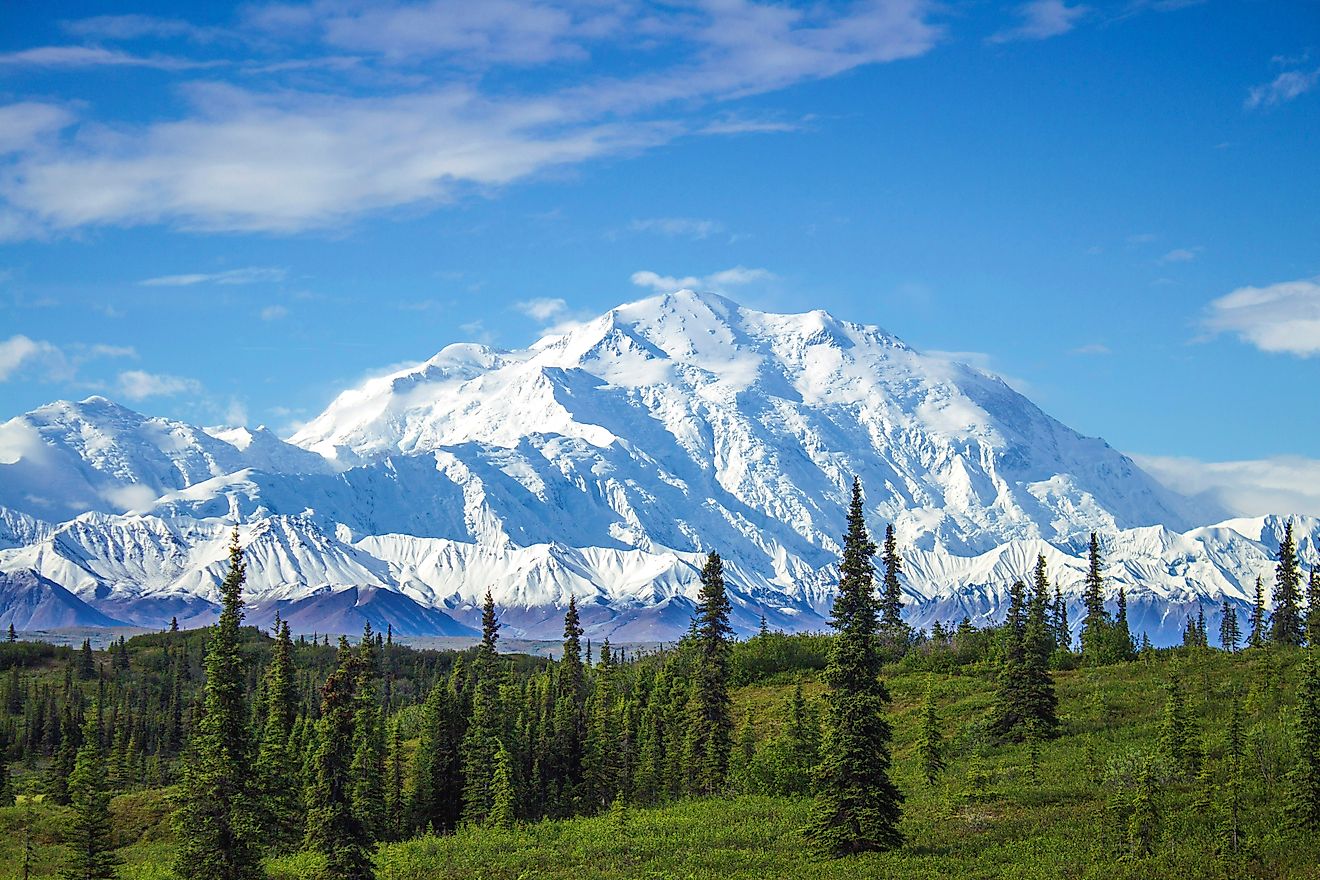The Taklamakan Desert

- One of the largest deserts in the world, The Taklamakan Desert covers an area that’s almost the size of Finland and is only slightly smaller than Germany.
- It is the world-‘s second-largest shifting-sand desert and 85% of its total area is composed of crescent-shaped dunes.
- The place has a typical continental climate with strong gusts of wind, very little precipitation, and a significant shift in temperature from day time to night time and vice versa.
One of the largest deserts in the world, the Taklamakan Desert covers an area that’s almost the size of Finland and is only slightly smaller than Germany. It spans 37,000 square kilometers which makes it China’s biggest desert. The name Taklamakan means “place of no return” since according to folklore, the desert is so hot and vast that once you go in there will be no coming out.
Others refer to the vast and arid land as the “place of ruins” or “sea of death”, because there is very little water to support life there save for the few oases that are few and far between. However, despite its harshness, the Taklamakan Deaert served a vital role in the silk road trade as two of the oases in the desert served as trade points or “hand-of” points for traders.
Content:
- Where Is The Taklamakan Desert?
- Topography
- Climate
- Plants And Animals
- People Of Taklamakan
- Mummies Of Taklamakan
Where Is The Taklamakan Desert?

This vast desert sits right in the middle of the largest inland basin in China—the Tarim Basin. Located in Xinjiang Uighur Autonomous Region in northwestern China, The Taklamakan Desert is flanked by two towering mountain ranges--Tien Shan to the North and Kunlun mountain ranges to the south.
It also has the Pamir Mountains and Tian Shan (ancient Mount Imeon) to the West and the famed Gobi Desert to the East.
The Topography Of The Taklamakan Desert

The Taklamakan is the world-‘s second-largest shifting-sand desert since 85% of its total area is composed of crescent-shaped dunes. It is virtually barren thus devoid of abundant vegetation. The dunes in the Taklamakan come in various shapes including dome-shaped dunes, fish-scale-shaped dunes, pyramid-shaped dunes, crescent dunes, honeycomb-like dunes, beam-like dunes, composite longitudinal sand ridges, and dendritic dunes.
Most of the dunes here have an average height of 100-200m while others can go as tall as 200m. According to UNESCO, the continuously shifting nature of the sand in the desert has extended Taklamakan to about 100 km southward during the last thousand years.
There are also small mountain ranges in the desert as well as the Tarim river that flows through its Northern edge.
The Climate Of The Taklamakan Desert
The place has a typical continental climate with strong gusts of wind, very little precipitation, and a significant shift in temperature from day time to night time and vice versa. Summers can be very hot in the Taklamakan with temperatures reaching 104 °F (40 °C). Winters on the other hand can be cold with temperatures dropping down to extreme lows of −4 °F (−20 °C). Spring and summer are the prime seasons for dust storms in this part of China. During a dust storm in Taklamahan, winds can carry sand and dust up to 10 kilometers up in the air.
Plants And Animals Of The Taklamakan

Water is generally scarce in the desert, which is why only a few plants and animals live there. The resilient ones who do can live without water for extended periods and are adapted to life in the desert.
One notable resident of the Taklamakan is the long-eared jerboa. A tiny rodent that feeds on flying insects. They are nocturnal and would spend the day hiding in underground burrows. They are also called such because their ears make up around a third of their body. There are also several camels traversing the desert at any given time. These can live without water for months and store fluids inside the humps on their back.
The place is also home to the Asian wild ass, some wolves, foxes, gazelles, and some wild boars. Plants are very rare due to the climate and conditions but there are a few that manage to survive like tamarisk and reeds.
People Of Taklamakan

The small village of Yatongusi is located 10 kilometers off the desert road and was built around a tiny oasis. The village was founded by nomadic herders who settled here around a hundred years ago. The inhabitants of this village as well as all the other villages that line the outskirts of the desert are from a Turkic ethnic group called the Uyghur.
Considered native to the Xinjiang Uyghur Autonomous Region, the Uyghurs are a Turkic-speaking Muslim minority in China. Most of them are Sunni Muslims. They are believed to be the descendants of the Uyghur Empire that spanned from the Caspian Sea to Manchuria during the 8th century.
The Uyghur people have been living in the Xinjiang region for a thousand years before China annexed the region sometime in mid 18th century. They're a diverse ethnic group owing to the years of migration to the area.
Today, there are an estimated 10 to 15 million Uyghurs in China, 300,000 of which live in inhabit adjacent countries. Since the place is arid and water is scarce, the Uyghurs have practiced irrigation to water their crops. Their principal plant produce includes corn, rice, wheat, cotton, and grapes. They are the largest producers of grapes in China.
Taklamakan Desert’s Past: Mummies Of Taklamakan

Caucasoid mask from Lop Nur, China. Image credit: Wikimedia.org
Since the beginning of the 20th century, explorers have been discovering the remains of well-preserved mummies near the Tarim Basin in northwestern China. What’s intriguing is that these mummies with their blonde or red hair, aquiline noses, and high check bones indicate that they were of European descent.
The most well-preserved one is the mummy of a white woman presumed to be in her 40s when she died in China 3,000 years ago. It is called "Beauty of Loulan": Another mummy known as Cherchne man is supposedly 2 meters tall and can be seen in his European style tunic and tartan trousers. Analysis of their clothes shows that the fabric of their clothing was made from a kind of wool that’s typical of European sheep.
The dry and salty conditions of the Taklamakan desert preserved the bodies and their clothing as well as the artifacts they were buried with. Recent DNA analysis has found that these ancient mummies were Bronze Age Europeans who may have lived in the area thousands of years ago. However, their Celtic origins are still up for debate.
Some experts speculate that they may have been citizens of a lost civilization back when the land wasn’t as arid and barren. Others believe these mummies offer clues to the migratory patterns of early humans. The presence of these mummies shows that the area could have been a melting pot of migrant people from different lands.
